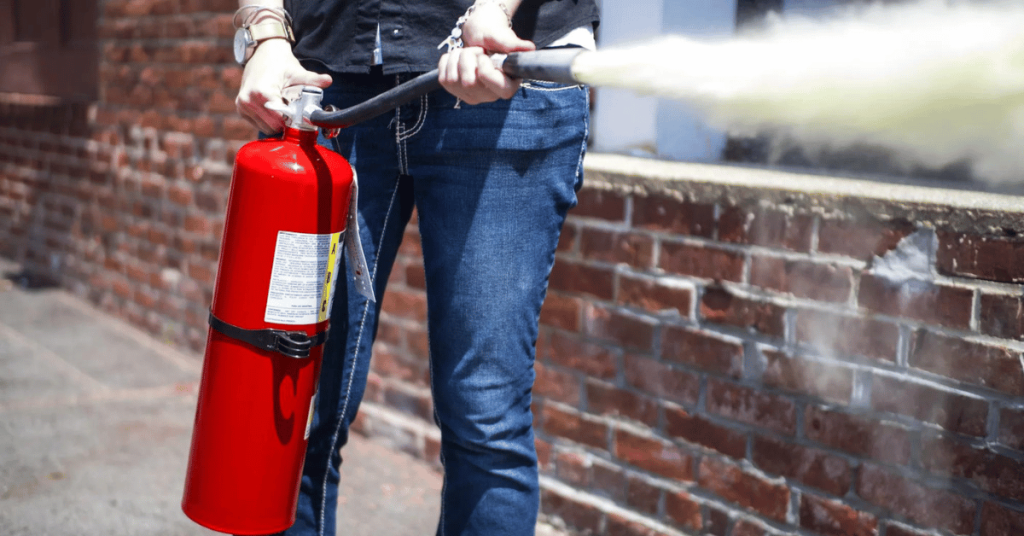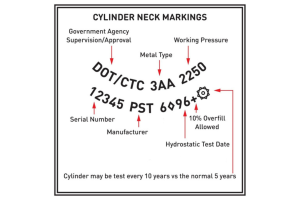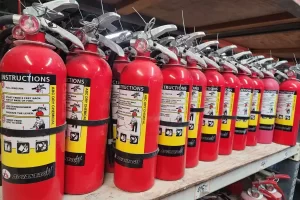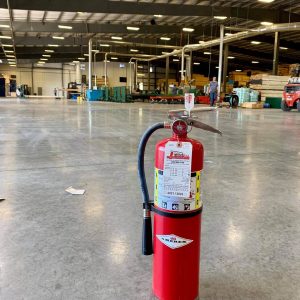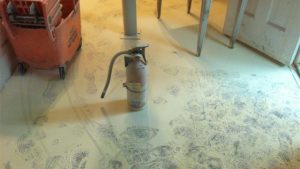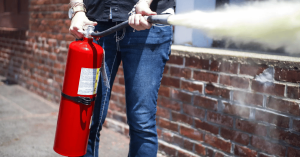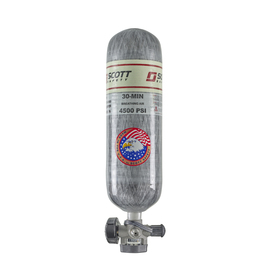Fire safety is paramount in both residential and commercial settings. While alarms and evacuation plans are vital, having an effective fire suppression system can make all the difference during an emergency. Central to these systems are the fire system cylinders. In this blog post, we delve into the significance of these cylinders, explore their types, and provide maintenance tips to ensure their optimum performance.
1. Importance of Fire System Cylinders
A. Immediate Response: When a fire breaks out, the initial moments are the most crucial. Fire system cylinders release fire suppression agents promptly, helping contain and potentially extinguish the fire before it spreads.
B. Protection of Assets: A timely response can save costly equipment and inventory from damage, thereby reducing losses.
C. Safety: An effective fire system cylinder can protect occupants by keeping escape routes clear and reducing the overall threat posed by the fire.
D. Environmental Considerations: Some modern fire suppression systems focus on eco-friendly agents that minimize environmental harm while effectively combatting fires.
2. Types of Fire System Cylinders
Different environments and fire risks call for varied fire suppression systems. Let’s look at the different types of fire system cylinders:
A. Water-Based Cylinders:
- Commonly found in sprinkler systems.
- Activated by heat-sensitive devices.
- Suitable for general fires, especially those involving solid combustible materials.
B. Foam-Based Cylinders:
- Combines water, air, and foam concentrates.
- Ideal for fires involving flammable liquids.
- Used in places like airports, warehouses storing flammable liquids, and certain industrial sites.
C. Dry Chemical Cylinders:
- Disperses fine powder that interrupts the chemical reaction causing the fire.
- Effective against electrical and flammable liquid fires.
- Commonly found in commercial kitchens and industrial settings.
D. Clean Agent Cylinders:
- Uses gases that don’t leave residue and are non-conductive.
- Suitable for areas with sensitive equipment, like data centers and art galleries.
- Examples include systems using FM-200 or NOVEC 1230.
E. CO2 Cylinders:
- Uses carbon dioxide to displace oxygen, thereby suffocating the fire.
- Ideal for electrical fires and flammable liquids.
- Due to its oxygen-displacing nature, caution is needed in occupied spaces.
3. Maintenance Tips for Fire System Cylinders
Ensuring that fire system cylinders are in prime condition is critical. Regular checks and maintenance not only ensure their effectiveness but can also be a regulatory requirement. Here are some tips:
A. Regular Inspections:
- Schedule periodic inspections by professionals.
- Check for visible signs of damage, corrosion, or wear.
B. Hydrostatic Testing:
- Conducted on many cylinder types to test their structural integrity.
- Typically done every 5 to 10 years based on the cylinder material and local regulations.
C. Recharge After Use:
- After a discharge, even if partial, ensure that the cylinder is refilled or replaced promptly.
D. Check for Leaks:
- Especially for gas and foam systems, check regularly for potential leaks.
- Leaks can compromise the system’s effectiveness and might pose safety risks.
E. Maintain Accessibility:
- Ensure cylinders are accessible and not obstructed.
- Regularly check that the labels and instructions are visible and legible.
F. Review the Manual:
- Always refer to the manufacturer’s manual for specific maintenance guidelines.
- Different systems might have unique requirements or suggestions for optimal performance.
G. Training:
- Ensure that relevant staff or family members are aware of the system’s operation.
- While automatic systems don’t require manual intervention, portable cylinders or manual activation systems benefit from informed users.
H. Stay Updated:
- Fire safety technology is continually evolving.
- Periodically review if newer systems or upgrades can offer better protection for your setting.
In Conclusion
Fire system cylinders play a pivotal role in safeguarding properties and lives. Understanding their types and ensuring their regular maintenance can make the difference when facing a fire emergency. Remember, while having an effective fire suppression system is essential, it should be part of a comprehensive fire safety approach that includes alarms, evacuation plans, and fire safety training. Stay informed, stay prepared, and prioritize safety always.

